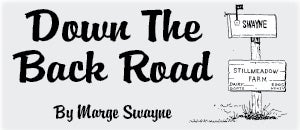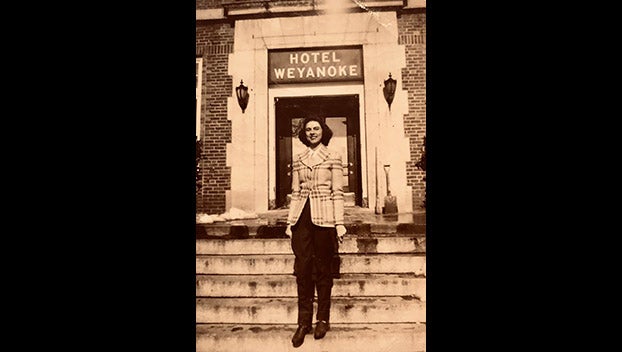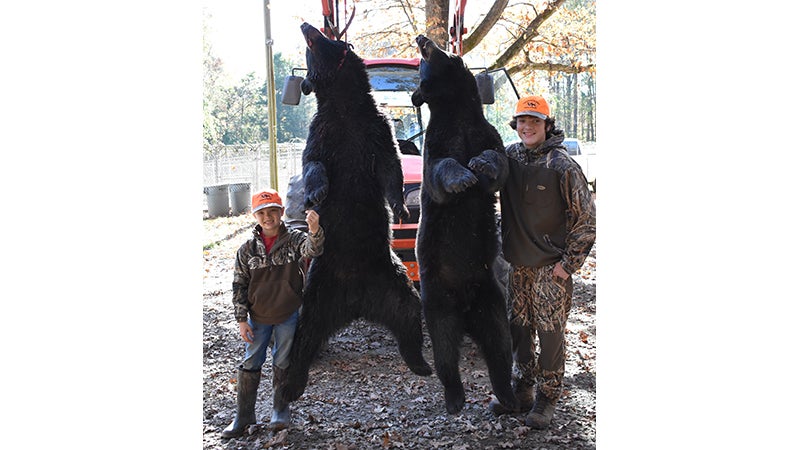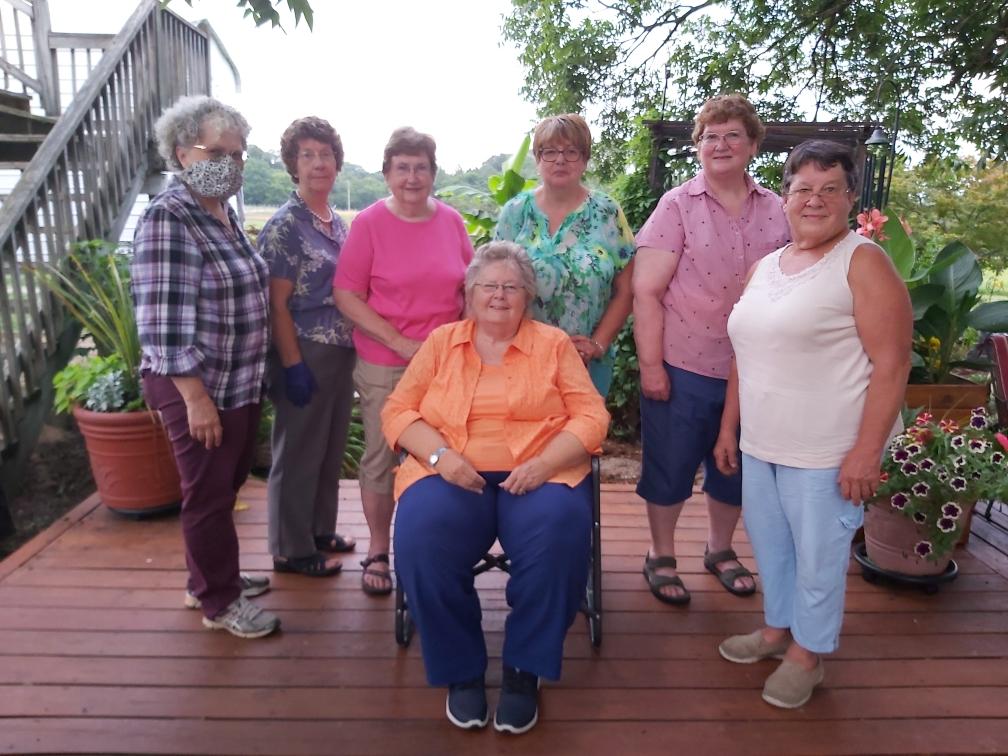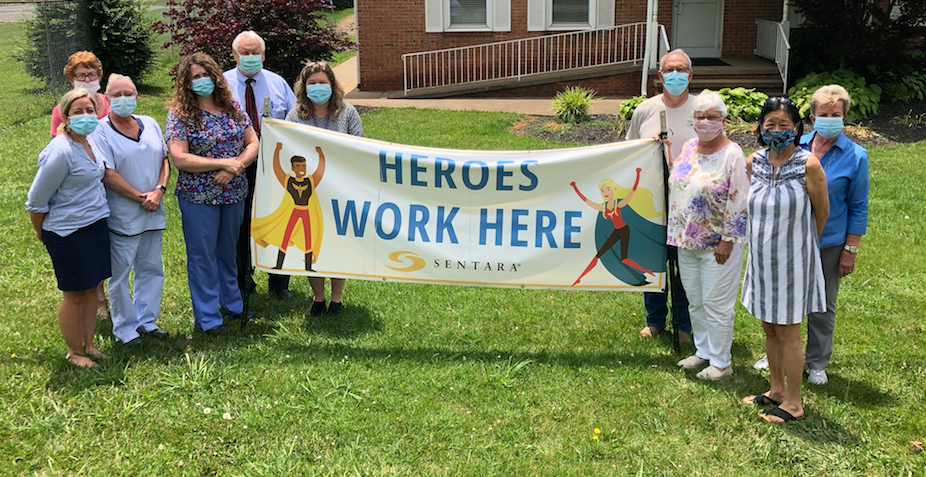Raptor Rescue
Published 4:40 pm Thursday, April 28, 2011
There are times when a bird in the hand is worth more than two in the bush. When a hawk is sitting in a bush outside your chicken house is one of them.
“Come here and look at this,” my spouse called from the yard on a recent spring day.
I dutifully stopped my after-work chores and followed the sound of his voice to the front of the chicken house. A very large bird was walking back and forth in front of the row of bushes under the large “picture window” that allows light and fresh air to circulate around the hens.
“What's wrong with this picture” was obvious when we got a bit closer. The bird who seemed to have taken up residence in our yard was a hawk.
Hawks normally check out dinner possibilities from the air, not the ground – and this bird was obviously grounded.
“What's wrong with him?” my spouse asked as he circled around the yard for a closer look.
The feathers on one wing looked a bit ruffled, but other than that the bird didn't seem to be in distress.
“I don't know,” I said as we watched the bird do another lap around the bush.
The bird might not be stressed, but I was getting that way.
“What about the cats?” I asked. “We can't have a hawk walking around with six cats in the yard.”
Fortunately, I had put the cats up before the hawk stepped out of the bush. I wasn't sure who would be the winner of a hawk/cat encounter – nor was I anxious to find out.
While we discussed what to do with the bird the sun dipped behind the barn and the hawk hopped into the bush, the closest thing to a roost he could manage.
As the nightlight in the chicken house blinked on, a dozen hen faces peered through the window at the bird in their bush. They were obviously not pleased with this uninvited overnight guest.
“I'm going to make some phone calls,” I said as I tried to recall previous stories I'd done on injured birds of prey.
First I checked the Raptor Conservancy of Virginia web site where I found this helpful information: “In the United States it is illegal for an unauthorized person to interfere with a raptor, even if it is injured. Only a person with appropriate rehabilitation permits from both state and the US Fish and Wildlife Service, or an authorized government employee, may possess, handle, or rehabilitate raptors.”
The web site further advised on what to do should one encounter an injured bird: “If you see a raptor that appears to be injured, orphaned or ill, please call the RCV or another qualified source before trying to assist the bird. Hawks sometimes stand on the ground and rest after eating, and great horned owl chicks may be cared for by their parents while remaining on the ground. The RCV can help determine if the bird needs help. In addition, an injured raptor will defend itself with its talons, putting you at risk of injury if you don't know how to approach it.”
As useful as this information was, there was still one problem. The RCV was in Falls Church, a long way from Farmville, and I had a predatory bird looking in my chicken house window, not to mention ten cats ready to head outside in the morning.
I decided to call Dr. Carolyn Wells, a biologist and avid ornithologist who chaired the Department of Natural Sciences at Longwood University before her retirement. She suggested I call Dr. Jimmy Gates, local veterinarian.
“He might know of a rehabilitator,” she said.
Dr. Gates did, in fact, direct us to an animal hospital in Lynchburg where a licensed rehabilitator could examine the hawk.
“First you'll need to catch it,” he advised. “Just wait until dark.”
Truth be told, we were already in the dark. I had no knowledge of correct hawk-catching techniques.
“Just think of it as a big chicken,” my spouse encouraged.
“Right,” I replied. “A big chicken with talons and a sharp beak!”
Nevertheless, we prepared to embark on our first raptor rescue.
Who, I wondered, would rescue us?
Protected by heavy jackets and thick gloves we crept though the shadows to where the hawk had perched on the rail beside the chicken house door.
My co-conspirator handed me a blanket.
“Spread this out in front of the hawk,” he advised. “In case I miss.”<br />
Carefully he advanced on the bird from behind and pinned its wings while I held the door of a large cat carrier.
The hawk was ready to ride!
The following day I placed the carrier-contained hawk, draped with a towel as I had been advised, in the back seat. A half-mile down the road I was ready to throw in the towel – and the hawk along with it. He was not a happy carrier camper.
To be honest, I doubt if I would enjoy being transported in such a way – the hawk certainly didn't.
How, I wondered, does one calm a hawk?
I flipped on the CD player and the graceful strains of a Chopin waltz filled the air. I could almost see couples gliding through time as they circled the dance floor.
The hawk, obviously enjoying the “flying music” I had provided, settled down for the rest of the ride.
I left the hawk at the clinic in Lynchburg and headed back home.
Despite my concern for the hawk's plight, I couldn't help but enjoy the drive through the foothills of the Blue Ridge Mountains on this early spring day.
Yes, spring was in the air – literally. I counted an inordinate number of hawks along the way, or maybe, after spending the afternoon in such close proximity to one, I was just more attuned to their frequency.
For some reason I had never noticed how graceful a hawk in flight could be.
If Chopin could have flown, he would have been a hawk.
I sincerely hoped my feathered friend would soon be back in the air.
Unfortunately, this hawk wouldn't be.
“The hawk had to be euthanized,” a clinic worker told me the next day when I called. “He'd been shot – twice.”
“A Cooper's Hawk like the one you found does not handle the rehab process well,” she explained.
While one less hawk in the world was not a catastrophe of major proportion, I couldn't shake a real sense of sadness. Getting to know a bird of prey, even for one day, makes a difference.
While both the Wildlife Center and Raptor Conservancy of Virginia advise that all birds can't be saved, their care and concern proves the point that a injured “bird in the hand” deserves a helping hand.
Many rescued hawks, owls, and eagles do survive to fly again.
The Wildlife Center of Virginia in Waynesboro can be reached at (540) 942-9453; the Raptor Conservancy of Virginia in Falls Church is (703) 578-1175. According to information provided by Dr. Carolyn Wells, under federal regulations provided in The Migratory Bird Treaty Act, the penalties for killing a bird of prey may be a fine of up to $15,000 and a period of incarceration.


